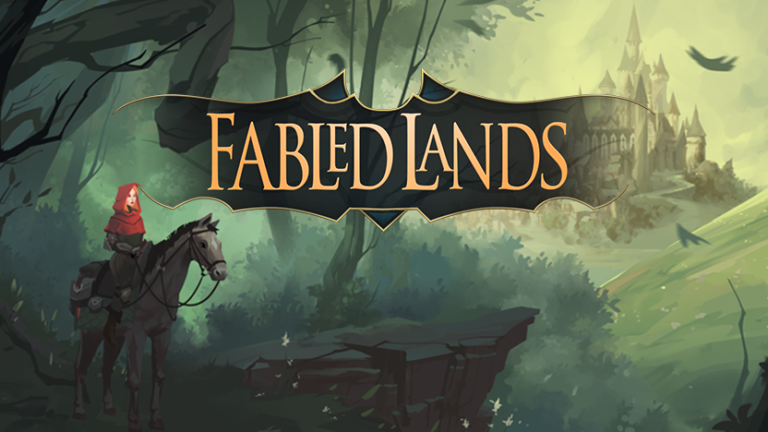

For example, after successfully tracking down a wild boar in a forest, the player can roll two dice, and if they score higher than their SCOUTING ability they can increase it by 1. The player has opportunities to increase these abilities throughout the books by completing quests. Each profession is proficient or weak in different abilities for example, Priests have high SANCTITY but low COMBAT scores, and Wayfarers have high SCOUTING but low CHARISMA scores. There are six different professions to choose from: Warrior, Mage, Priest, Rogue, Troubadour and Wayfarer (a wandering traveller, most similar to Rangers in other fantasy systems). The player's initial score in each of these six attributes is determined by their chosen profession. * THIEVERY - the talent for stealth, agility and lockpicking * SCOUTING - the techniques of tracking and wilderness lore * SANCTITY - the gift of divine power and wisdom * CHARISMA - the knack of befriending and impressing people also represents bardic skills The Fabled Lands system was fairly simple, as with most other gamebooks.
#Fabled lands sokara series#
If that worked out, and the net publisher could set up a subscription system, I think Fabled Lands and many other gamebook series could enjoy quite a renaissance." ]

This, I think, is a better format for gamebooks now - we are no longer in the era of the printed word. I would think the first step might be to set up books 1-6 as Web pages and see what kind of interest they generated. It would take some time to get back into the flow of it, but I still have our (very extensive) notes. * Plot discovery through use of uncovered keywordsĪlthough the final six books in the series have never been published (or even written), Dave Morris has indicated in the past that he is interested in reviving the series::"I'd love to complete the series. * Acquisition of large assets such as houses and ships * Open-ended trade via marketplace goods, investment or shipping * Large (A4) format with fold-out character sheet and colour map * A greater number of sections, 679 to 786 Other differences between previous gamebook series included: The books became increasingly difficult as they progressed, with tougher enemies and harder quests this was to account for the player becoming more powerful as they went through each book.

#Fabled lands sokara free#
The player is free to pursue these at his leisure, or spend his time doing entirely different things - wandering, trading, exploring or building up his abilities.Įach book contained a different geographic area of the Fabled Lands, and the player could easily travel between regions by switching to another book. There are hundreds of quests in the six books that were published, some extremely long and some very short.

The Fabled Lands series gave the player an entire fantasy world to roam around in, doing whatever they wished with no limits or linearity there was no set quest and there is no way to "finish" the series (unless the player dies). Other gamebooks gave the character a set quest, with some leniency in how they went about accomplishing it when they completed the quest, the gamebook ended. The most notable of these was the open-ended, free roaming gameplay. The books deviated from other mainstream gamebooks (such as the Fighting Fantasy or Lone Wolf series) in a number of ways. The first two books were also printed under the name "Quest" in the U.S. Originally planned as a twelve-book series, only six were released between 19 before the series was cancelled. Cover art was by Kevin Jenkins with Russ Nicholson providing maps and illustrations. Fabled Lands is the name of a series of fantasy gamebooks written by established gamebook authors Dave Morris and Jamie Thomson and published by Pan Books, a division of Macmillan in the mid 90s.


 0 kommentar(er)
0 kommentar(er)
